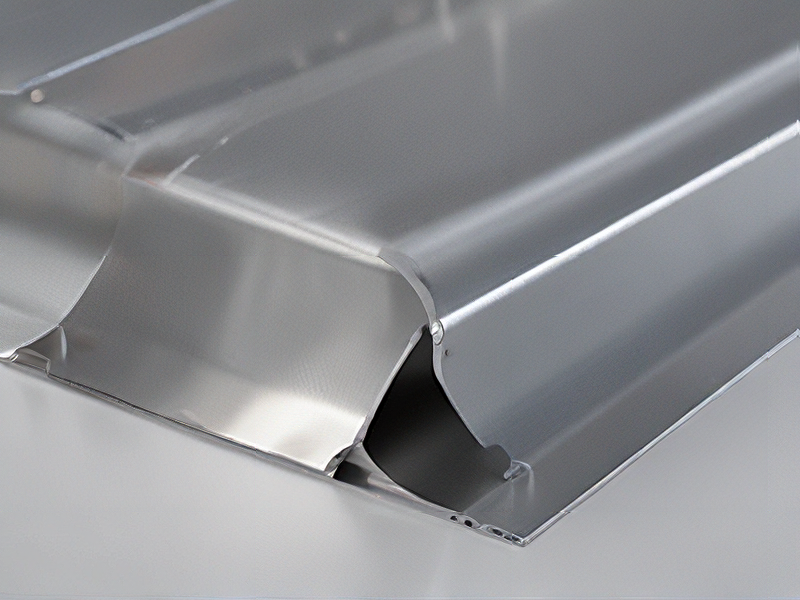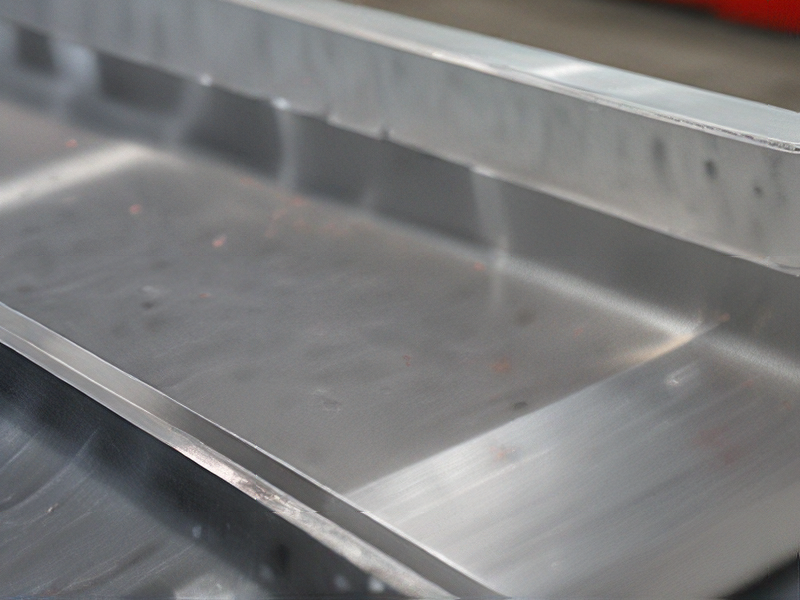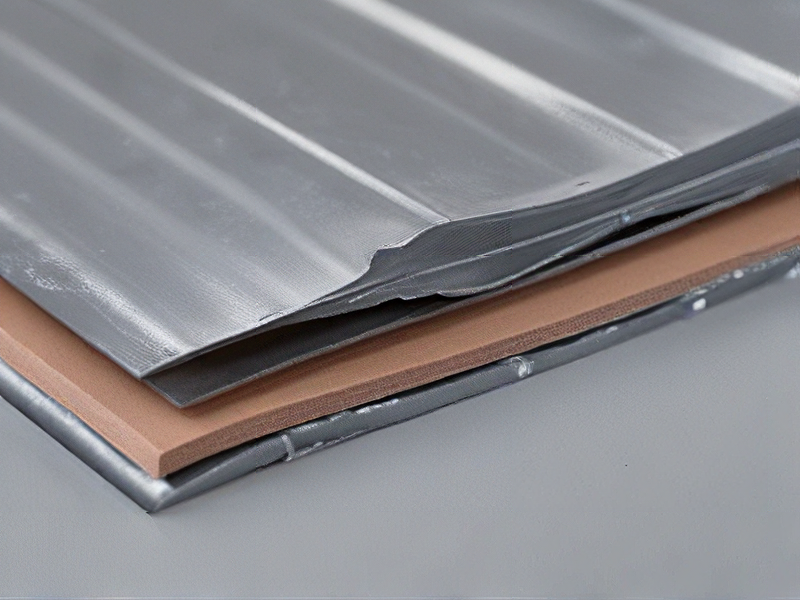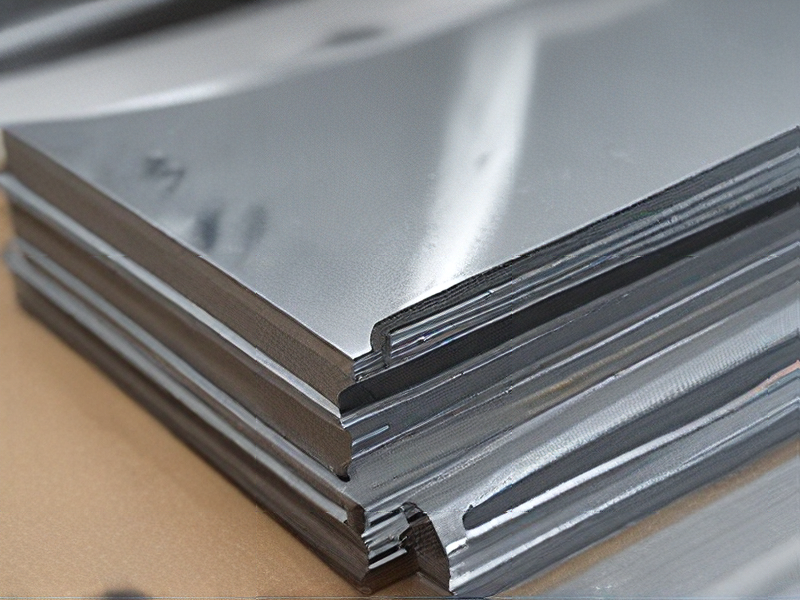Technology and Applications of bending of sheet metal
Technology and Applications of Sheet Metal Bending
Sheet metal bending is a crucial process in manufacturing, involving the deformation of metal sheets to create specific angles and shapes without altering the material’s thickness. This technique is widely used across various industries due to its efficiency and versatility.
Technology
1. Press Brakes: These machines use a punch and die to bend sheet metal. CNC (Computer Numerical Control) press brakes enhance precision and repeatability by automating the bending process.
2. Roll Bending: This method uses rolls to form cylindrical or conical shapes. It’s particularly effective for creating large radii bends.
3. Folding Machines: These are used for bending sheet metal along a straight line, suitable for making long, consistent bends.
4. Air Bending: Involves pressing the sheet metal into a die but not touching the die’s bottom, allowing for flexibility in bend angles and minimizing tool wear.
Applications
1. Automotive Industry: Sheet metal bending is essential in manufacturing car bodies, chassis, and various structural components, ensuring strength and lightweight properties.
2. Aerospace: The process is used to produce aircraft panels, wings, and other critical components where precision and material integrity are paramount.
3. Construction: It plays a vital role in creating metal roofing, gutters, and facades, contributing to building aesthetics and structural integrity.
4. Consumer Electronics: Bending is used to create enclosures and frames for devices like laptops, smartphones, and home appliances, balancing durability and design.
5. Furniture: The technique allows for the creation of metal frames and supports, combining strength with modern aesthetics.
In summary, sheet metal bending technology, driven by sophisticated machinery like CNC press brakes and roll benders, is indispensable in producing a wide array of products, from automobiles and aircraft to consumer electronics and furniture. This versatility underscores its importance in modern manufacturing.

Quality Testing Methods for bending of sheet metal and how to control quality
Quality testing methods for bending sheet metal typically include:
1. Dimensional Inspection: Ensure the bent parts meet specified tolerances using measurement tools like calipers or coordinate measuring machines (CMM).
2. Visual Inspection: Check for defects such as cracks, scratches, or surface imperfections that could affect functionality or aesthetics.
3. Surface Flatness: Verify flatness using straightedges or optical flatness testing to ensure the bent sheet meets required standards.
4. Angle Measurement: Confirm bending angles using protractors, angle gauges, or optical angle measurement systems for accuracy.
5. Go/No-Go Gauges: Use specially designed gauges to quickly verify if parts conform to dimensional specifications.
To control quality:
1. Standard Operating Procedures (SOPs): Develop clear procedures for bending operations, including machine setup, tooling specifications, and inspection protocols.
2. Training and Certification: Ensure operators are trained in proper bending techniques and quality standards to minimize errors.
3. Regular Maintenance: Keep bending machines and tools in optimal condition to maintain accuracy and reduce variability.
4. Statistical Process Control (SPC): Implement SPC techniques to monitor bending process variability and detect trends or deviations early.
5. Feedback Loops: Establish mechanisms for feedback from quality inspections to production, enabling corrective actions and continuous improvement.
By employing these methods and controls, manufacturers can ensure consistent quality in bent sheet metal parts, meeting customer requirements and enhancing overall operational efficiency.

Tips for Procurement and Considerations when Purchasing from bending of sheet metal
When procuring bent sheet metal, consider these key tips:
1. Supplier Selection: Choose suppliers with proven expertise in sheet metal bending. Look for certifications, past project examples, and customer reviews to ensure quality and reliability.
2. Material Specifications: Clearly define the type and grade of metal required (e.g., stainless steel, aluminum) and specify thickness and tolerance levels to meet your project’s structural and aesthetic needs.
3. Bending Techniques: Understand different bending methods (e.g., press brake, roll bending) and choose based on your project’s complexity, tolerances, and material properties. Ensure the supplier has the necessary equipment and expertise.
4. Quality Assurance: Implement quality control measures throughout the procurement process. Insist on material certifications, dimensional checks, and surface finish evaluations to maintain consistency and quality.
5. Cost Efficiency: Obtain multiple quotes and evaluate based on more than just price. Consider lead times, delivery schedules, and additional services offered (e.g., finishing, assembly) to ensure overall cost-effectiveness.
6. Communication and Collaboration: Maintain clear communication with the supplier regarding specifications, timelines, and any design modifications. Collaboration ensures alignment and minimizes errors.
7. Logistics and Delivery: Plan for transportation and delivery logistics to prevent damage during transit. Ensure packaging meets safety standards and protects the integrity of the bent sheet metal.
By following these tips, you can streamline the procurement process for bent sheet metal, ensuring high quality, cost efficiency, and timely delivery for your projects.

FAQs on Sourcing and Manufacturing from bending of sheet metal in China
FAQs on Sourcing and Manufacturing Sheet Metal Bending in China
1. Why source sheet metal bending from China?
China offers cost-effective manufacturing, a vast network of suppliers, and advanced technology in sheet metal bending. Many Chinese manufacturers provide high-quality products at competitive prices.
2. How do I find reliable sheet metal bending manufacturers in China?
Use platforms like Alibaba, Global Sources, and Made-in-China to find suppliers. Verify their credentials through certifications, customer reviews, and sample orders. Visiting trade shows or leveraging sourcing agents can also be effective.
3. What certifications should I look for in a manufacturer?
Look for ISO 9001 for quality management, ISO 14001 for environmental management, and industry-specific certifications like ISO/TS 16949 for automotive parts. CE marking can indicate compliance with European standards.
4. How can I ensure the quality of sheet metal bending products?
Request detailed quality control processes from the manufacturer. Conduct audits, request prototypes, and perform pre-shipment inspections. Third-party inspection services can also help verify product quality.
5. What is the typical lead time for sheet metal bending orders?
Lead times vary but generally range from 2 to 6 weeks, depending on the order complexity and volume. Custom designs or large quantities may extend this timeline.
6. What are the common materials used in sheet metal bending?
Materials commonly used include stainless steel, aluminum, brass, copper, and carbon steel. The choice depends on the application, strength requirements, and corrosion resistance needed.
7. How do I handle logistics and shipping from China?
Partner with a reliable freight forwarder to manage shipping logistics. Choose between air, sea, or rail based on budget and delivery urgency. Be aware of import duties, taxes, and customs regulations in your country.
8. Are there risks involved in sourcing from China?
Risks include communication barriers, quality inconsistencies, and intellectual property issues. Mitigate these by clear contracts, regular communication, and securing non-disclosure agreements (NDAs).
9. Can Chinese manufacturers handle custom designs?
Yes, many Chinese manufacturers are equipped to handle custom designs and provide engineering support. Ensure detailed specifications and clear communication to avoid misunderstandings.
10. What are the payment terms typically offered?
Common payment terms include a deposit (30-50%) upfront and the balance paid before shipment. Letter of Credit (L/C) and Trade Assurance are also used to secure transactions.
By addressing these FAQs, you can better navigate the process of sourcing and manufacturing sheet metal bending products in China.

